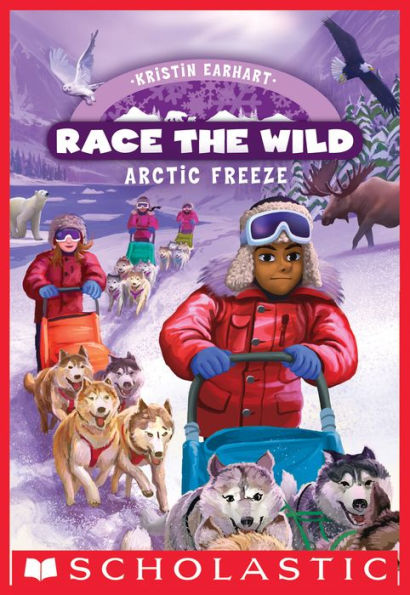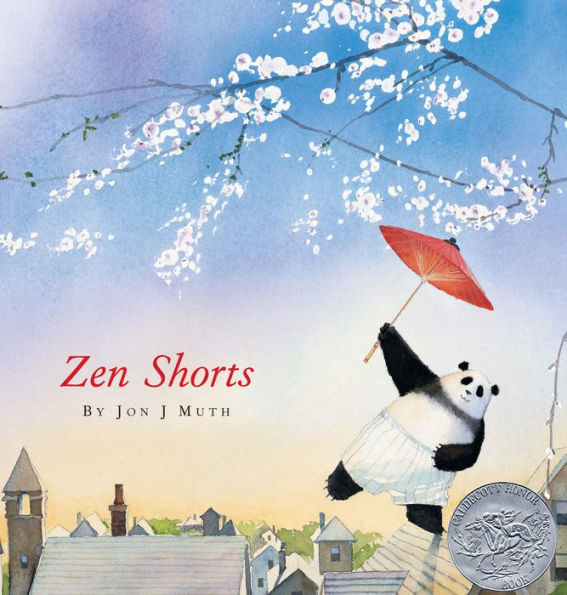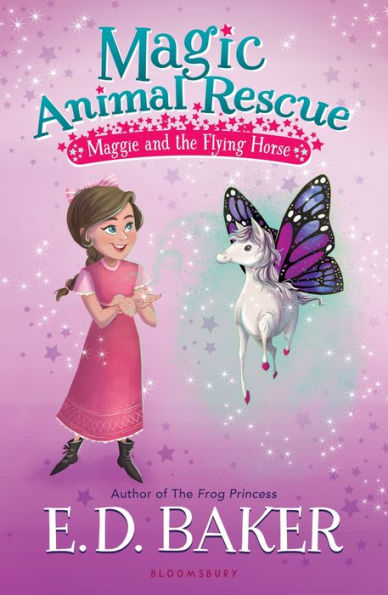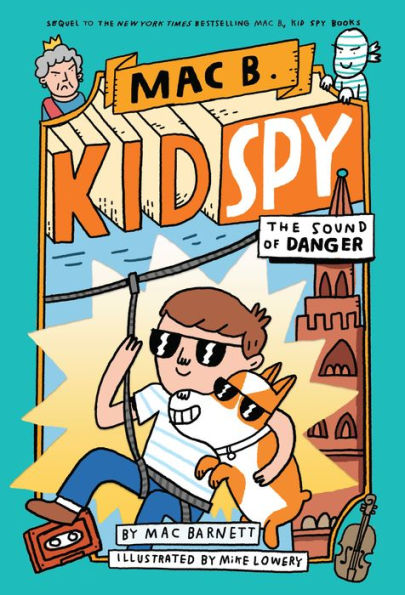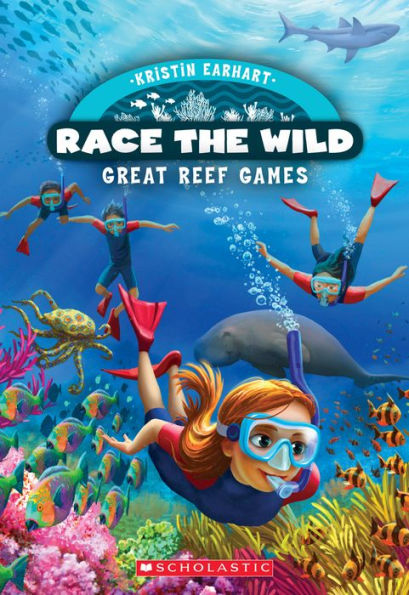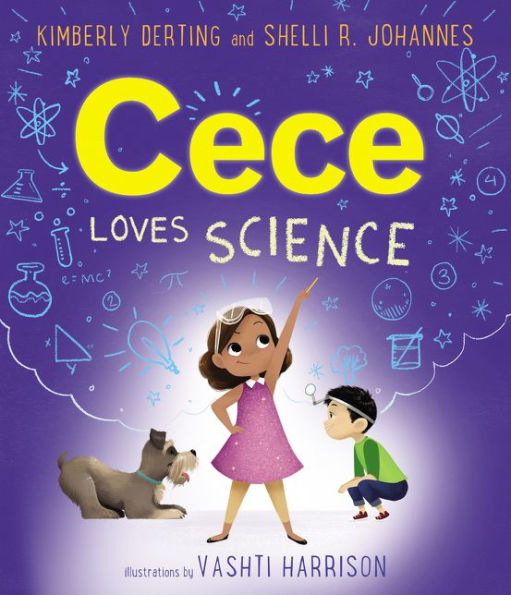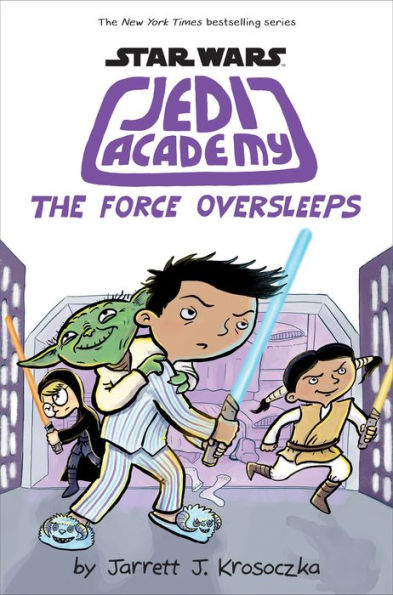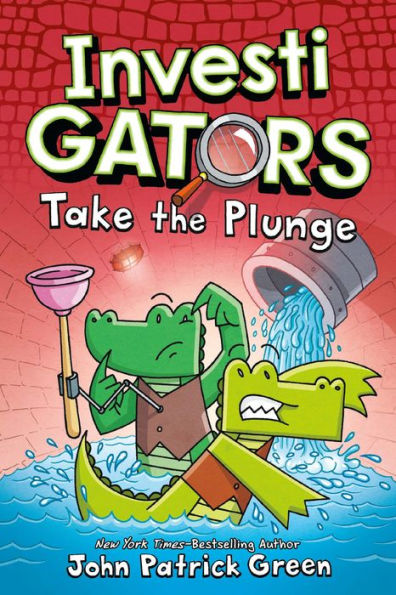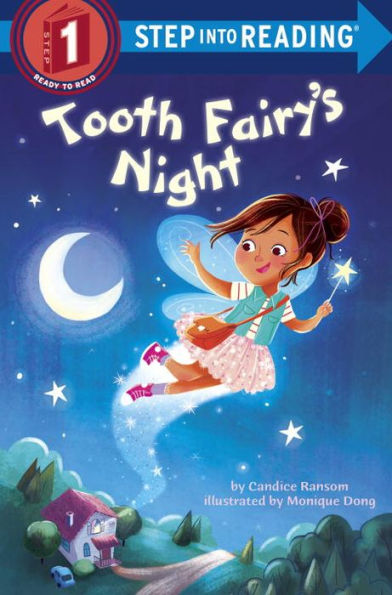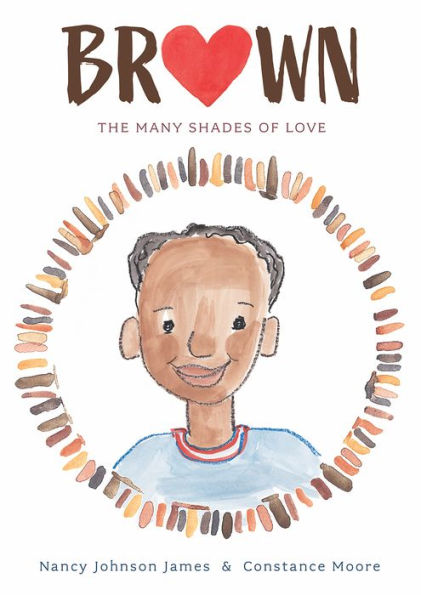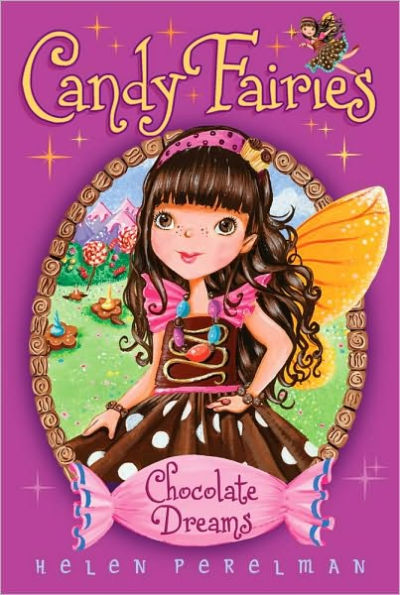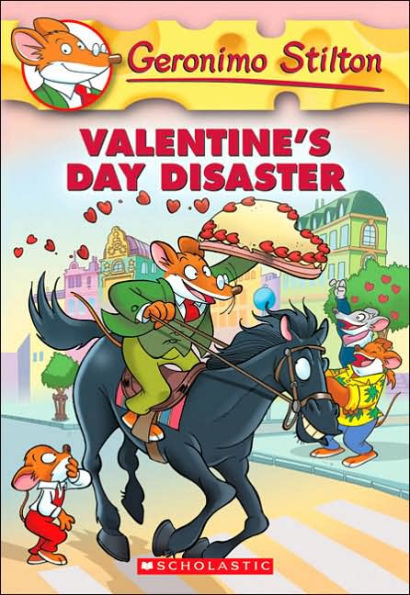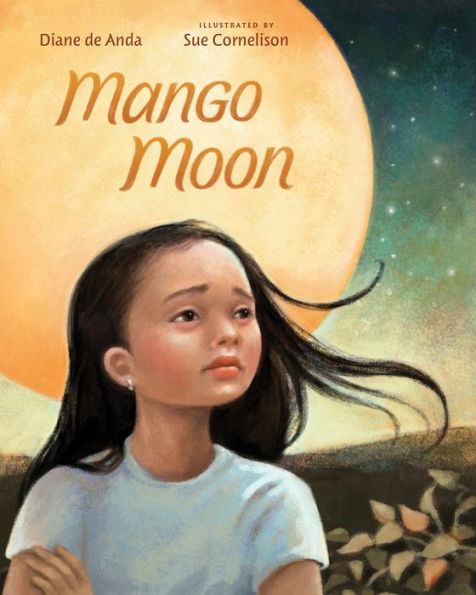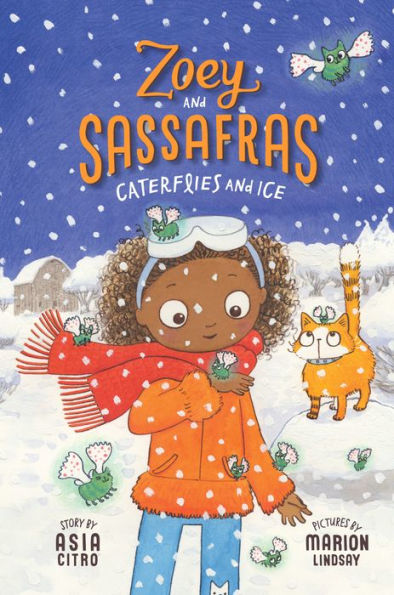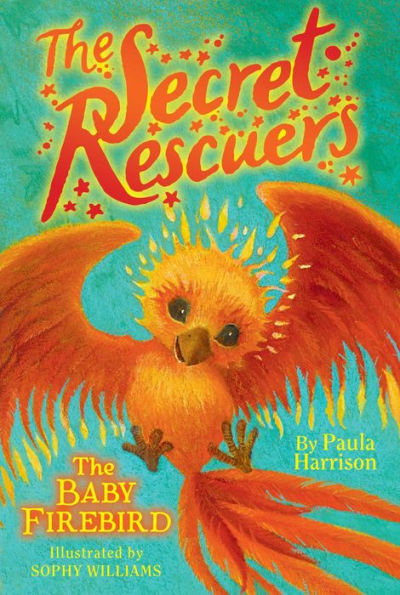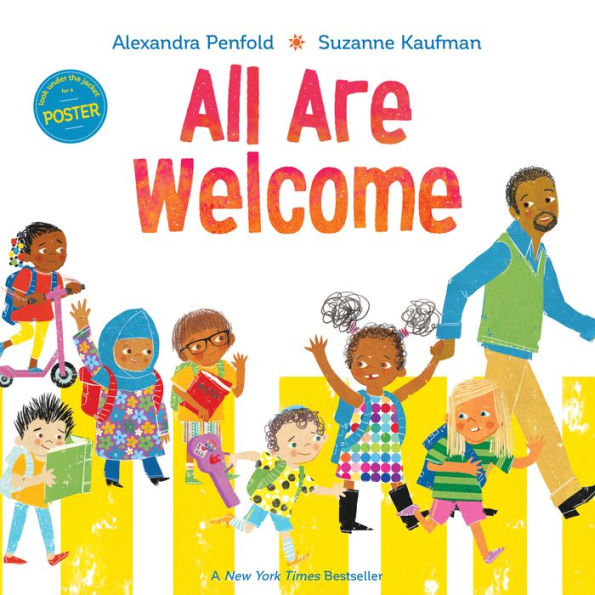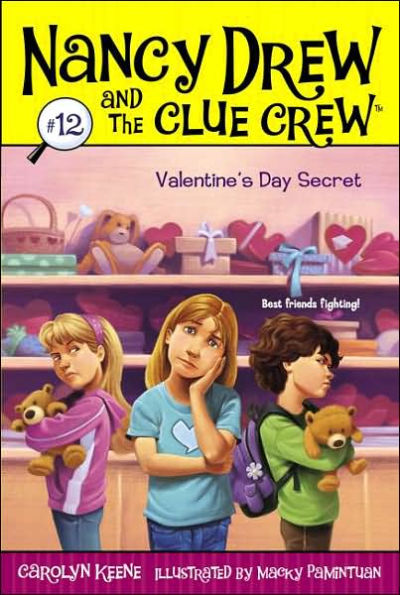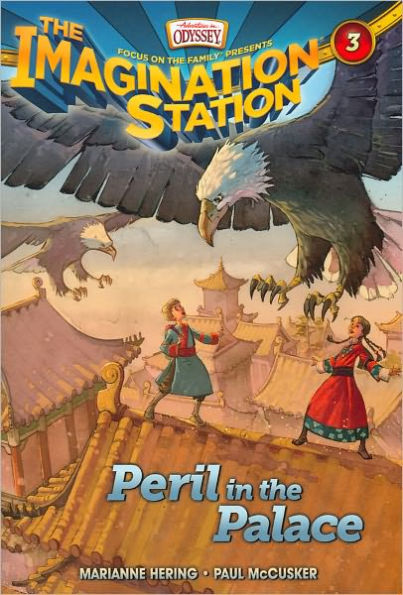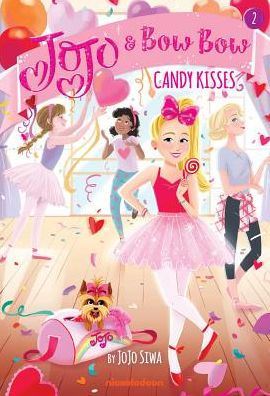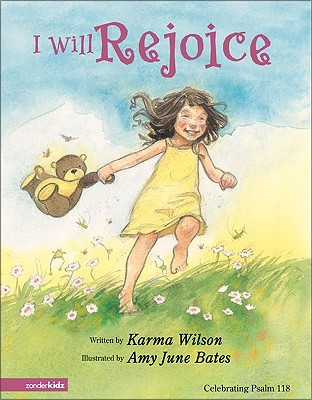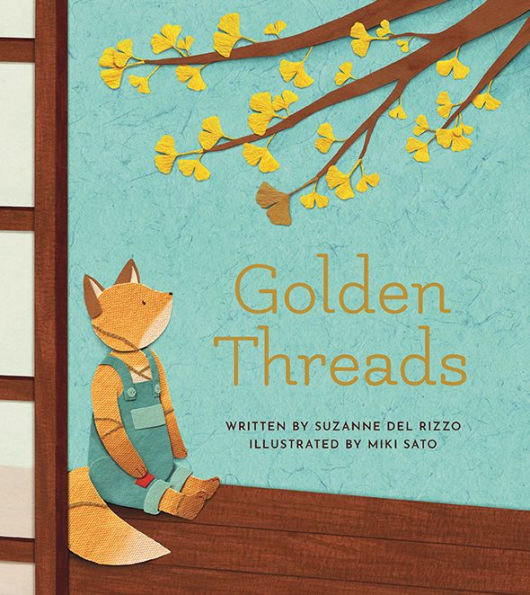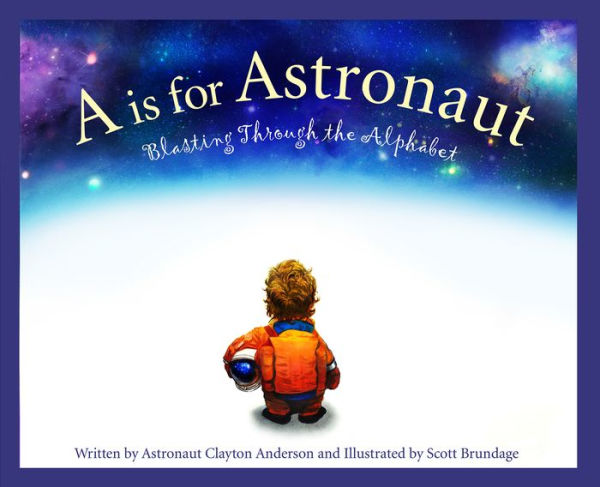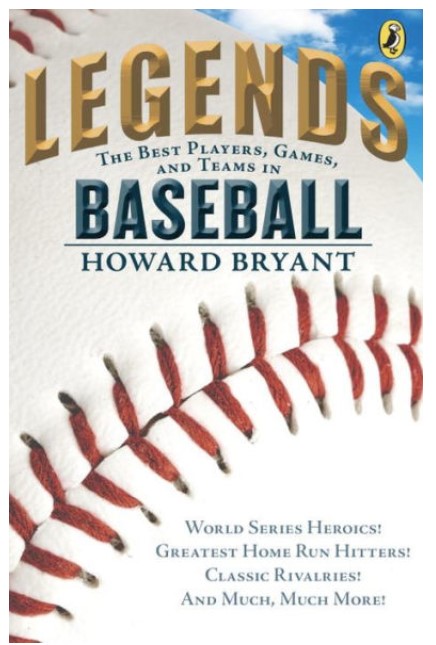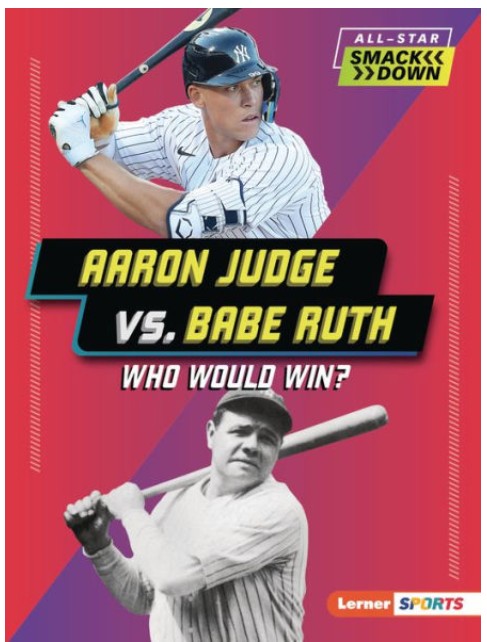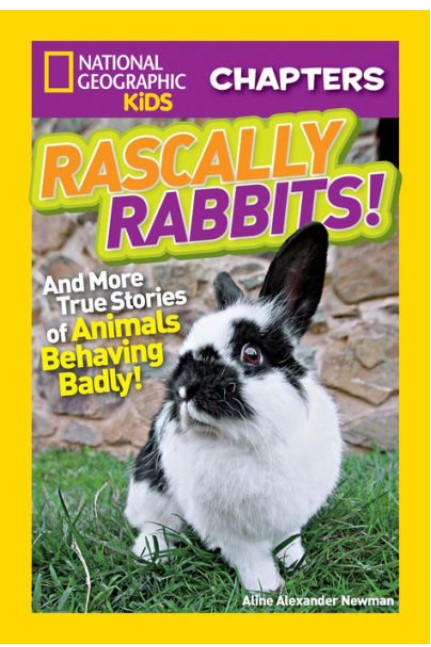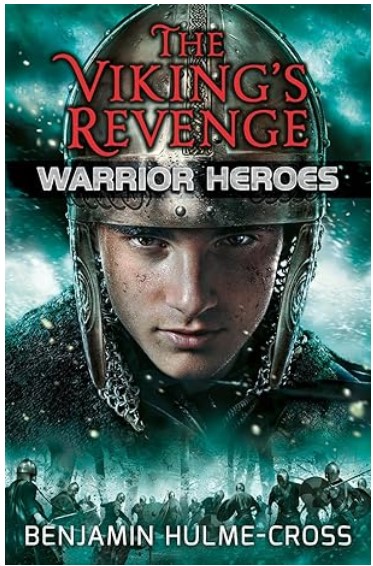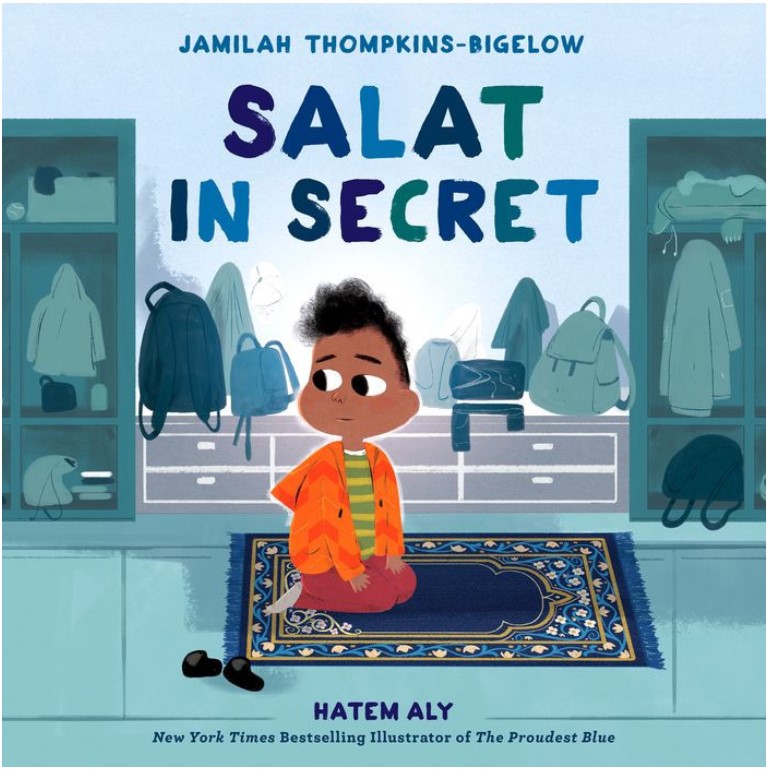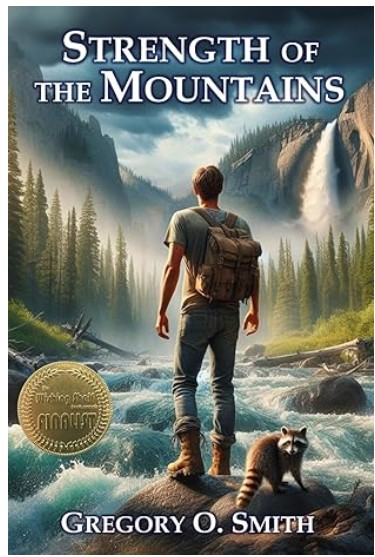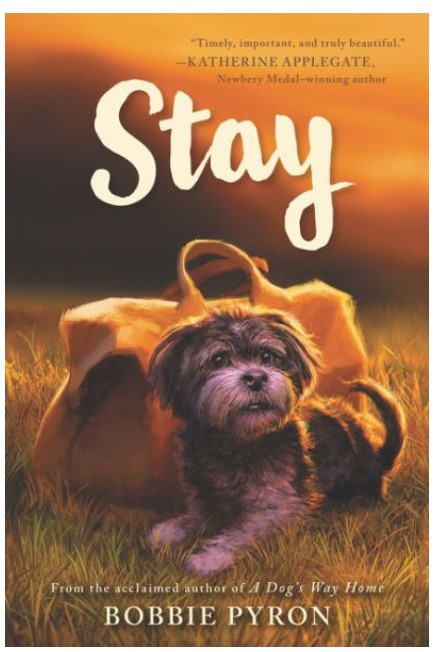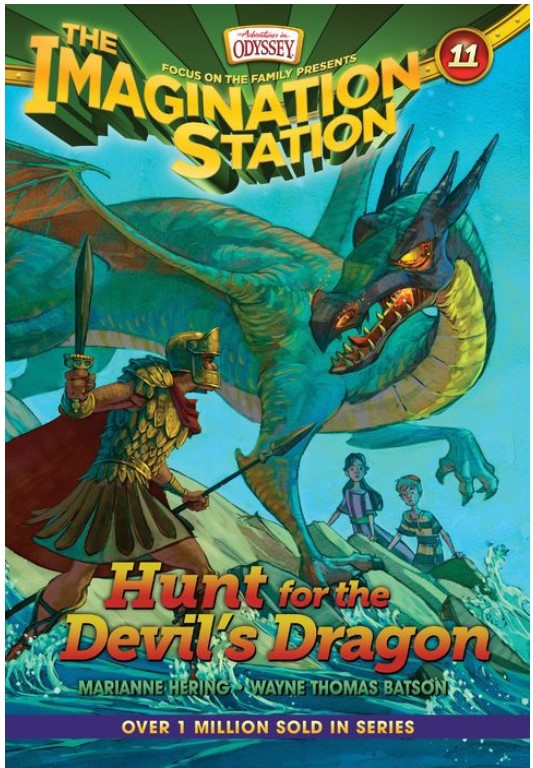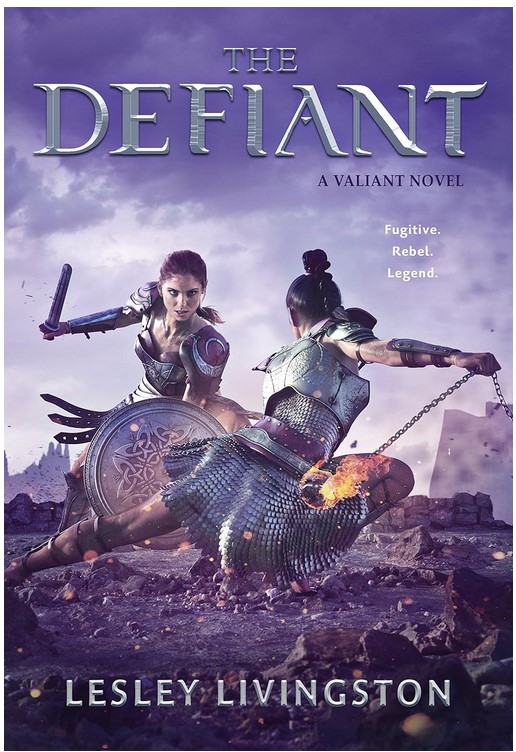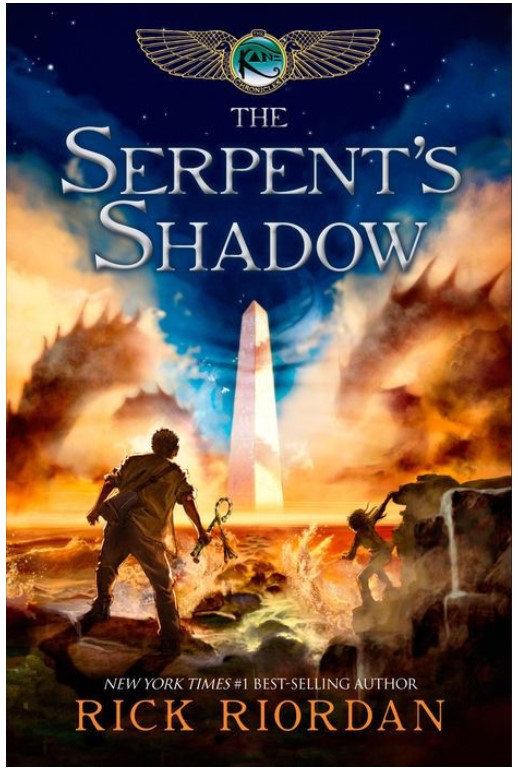Dev knows his dad wanted him to spend his summer at science camp. His dad’s disappointment hampers Dev’s enjoyment of competing in The Wild Life. But on the third leg of the competition, Dev can’t let his team down. The red team must work together as they race through Alaska’s wilderness. Both the animals and nature are dangerous and the red team needs to focus if they are going to win. After all, they are now in second place!
Artic Freeze uses the same format as the first two books in the series. While the story is fast-paced, the plot and characters are underdeveloped. Dev and his team easily find the required artic animals; however, much of the action takes place from an airplane. In addition, the red team is able to solve the clues and get pictures of the animals without much effort. Even though the story lacks suspense, readers will learn interesting animal facts.
The story focuses on Dev’s conflict with his father, who wanted Dev to spend his summer at science camp. During the race, Dev wants to hide the fact that he’s knowledgeable about science. “His whole goal for the summer—his goal for the race—was to be normal, to be someone other than the nerdy science kid.” This conflict doesn’t add much to the story, especially because his teammates are all exceptionally smart in different areas.
The story begins with Dev’s dream about dogsledding and his father. As the team completes their task, Dev uses the dream to make decisions. While several of the events match his dream, in the end “no part of Dev’s dream made sense to him anymore.” Since the story spends so much time on the dream, the ending seems rushed and incomplete. While Dev doesn’t understand the significance of his dream, he does learn the value of science. The team’s adult supervisor tells Dev, “Races prompt hasty decisions. That’s their nature. But the quick thinking you did here was far more essential. You have an engineer’s mind and it saved this dog.”
The Race the Wild Series would interest younger readers who are interested in animals. However, readers may struggle with the advanced vocabulary. More advanced readers will realize that many of the events are unrealistic, such as when the team dogsleds a glacier even though they had no previous experiences. Unfortunately, the third installment in the Race the Wild Series is disappointing. Despite this, Arctic Freeze teaches about animals and highlights the importance of respecting and protecting the wild world.
Sexual Content
- None
Violence
- A sled dog falls into a crack in the glacier. “Just ahead of the sled, the ground had opened up. Dev crawled on hands and knees to look over the edge of the ice. There, dangling from his harness, was the gray and white husky. When the dog saw him, he whimpered.” Dev is able to save the husky.
- Dev read a book about “early science expeditions in the Arctic and Antarctic. When the dogs had been sick or injured, the explorers had to shoot them.”
Drugs and Alcohol
- None
Language
- None
Supernatural
- None
Spiritual Content
- None
